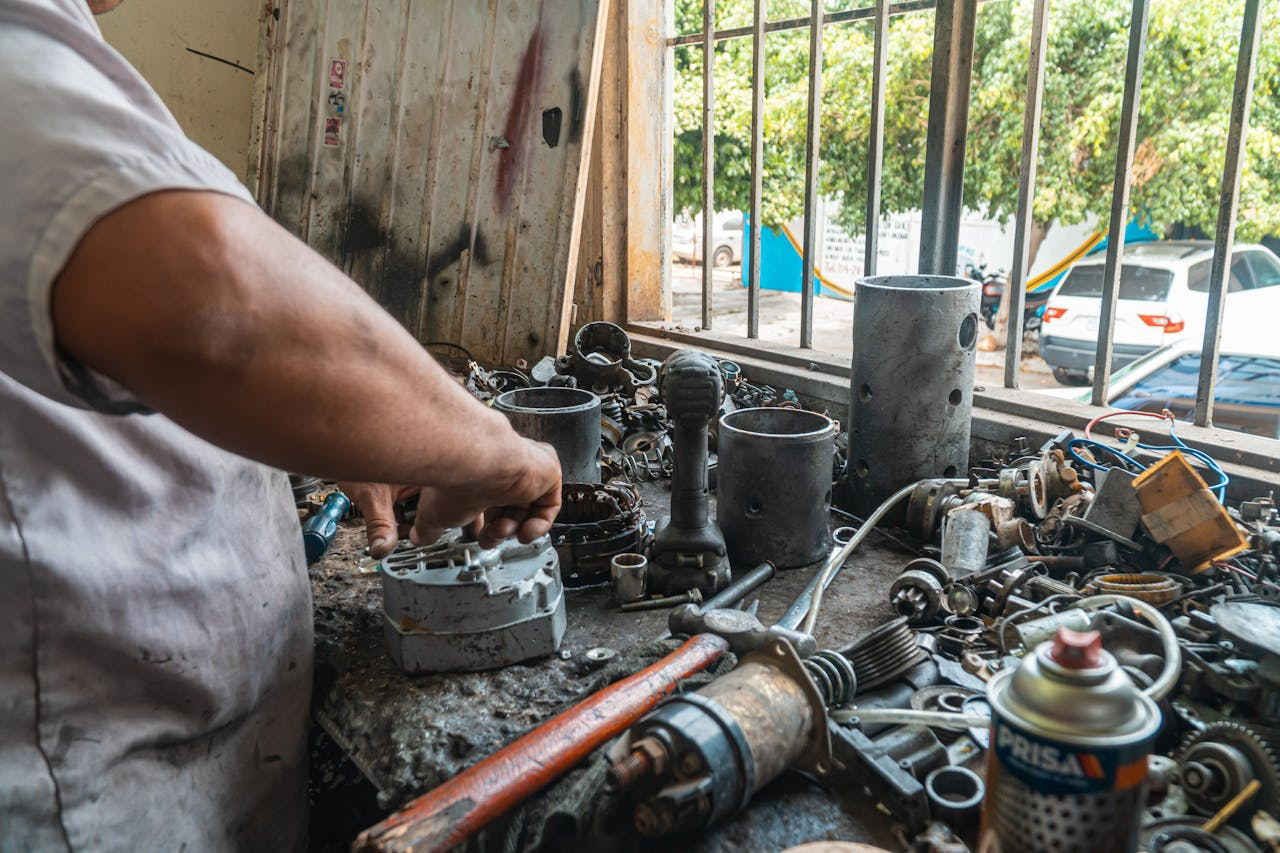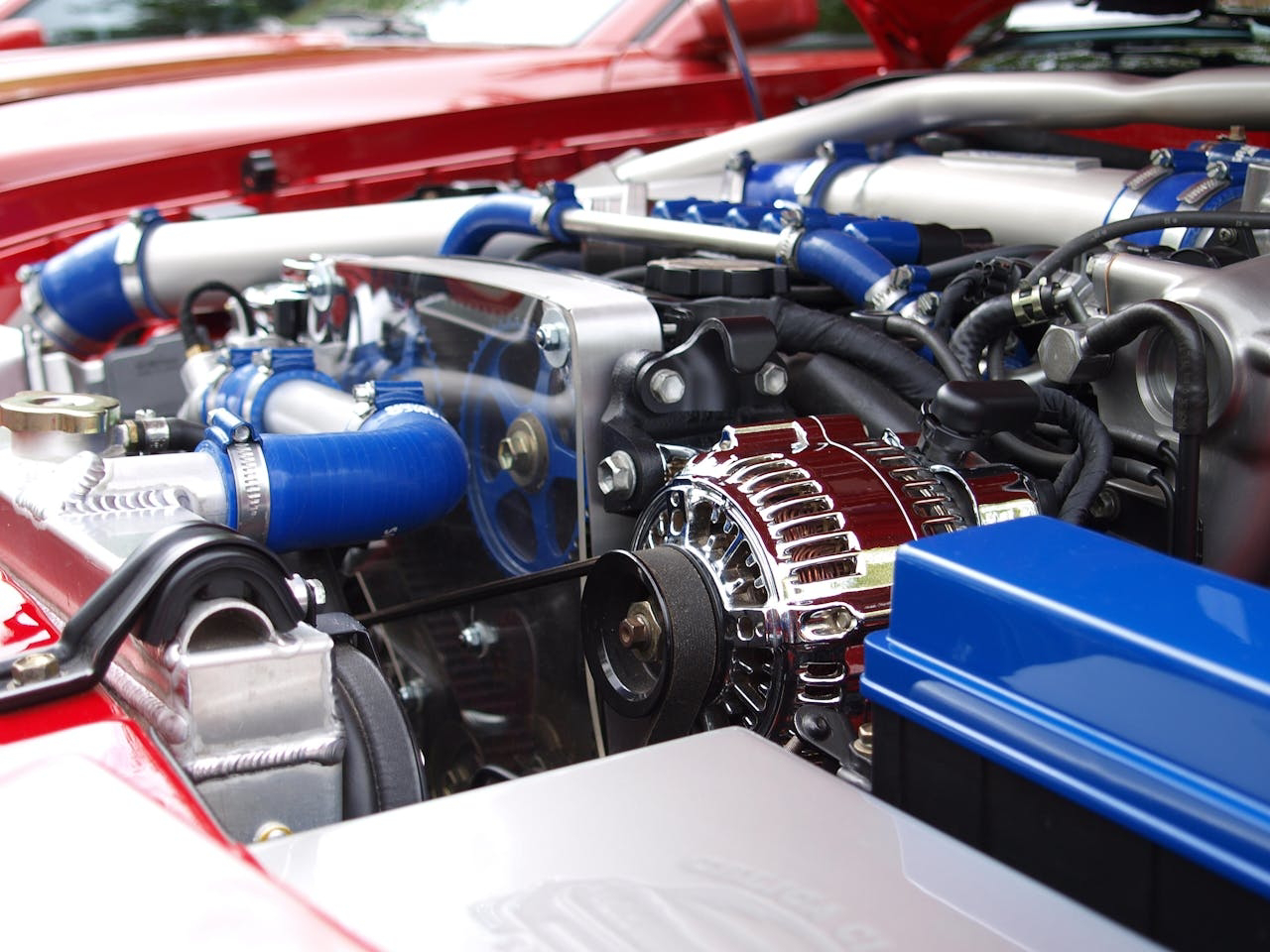Overview
One of the top providers of automobile tools, accessories, and parts for European and foreign automakers is Euro Car Parts.
The company provides OEM (Original Equipment Manufacturer) and aftermarket components to both private automobile owners and professional mechanics, and it has a large inventory of high-quality parts.
Euro Car Parts is a reputable brand in the automobile sector, whether you're looking for brake pads, engine parts, or performance enhancements.
History and Development Euro Car Parts was established in the UK in 1978 as a modest seller of auto parts and swiftly grew to become a national and worldwide distributor.
It is currently one of the biggest suppliers of car components in Europe, with a network of shops and warehouses around the continent.
Product Types
1. Engine Components Spark plugs, air filters, and oil filters Gaskets, fuel injectors, and timing belts Components of performance tuning
2. The Brake System Calipers, discs, and brake pads Hydraulic parts and ABS sensors
3. Steering and Suspension Wishbones, coil springs, and shock absorbers Power steering pumps and steering racks
4. Electrical components and batteries Automobile starters, alternators, and batteries Wiring components, fuses, and sensors
5. The exterior and body Mirrors, headlights, taillights, and bumpers Trims, grilles, and wiper blades
6. Fluids, Oils, and Accessories Coolant, transmission fluids, and engine oil Tools, equipment, and products for car washing






